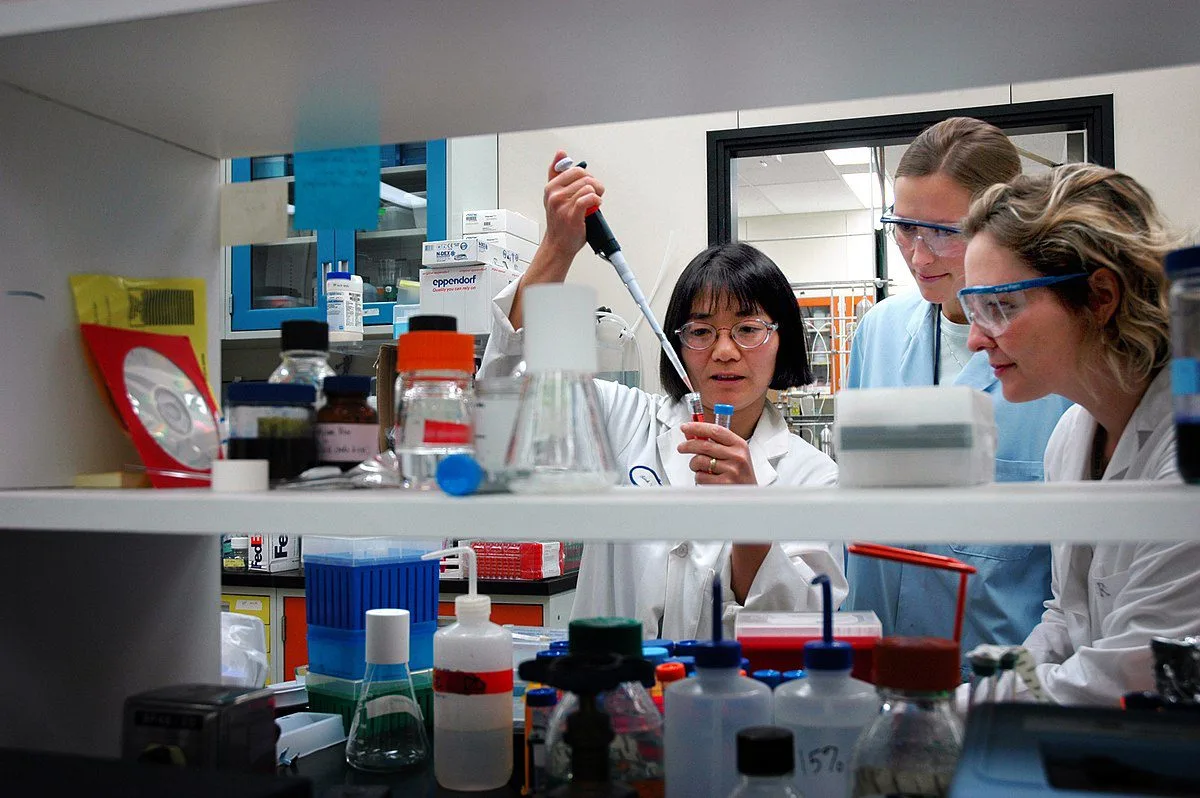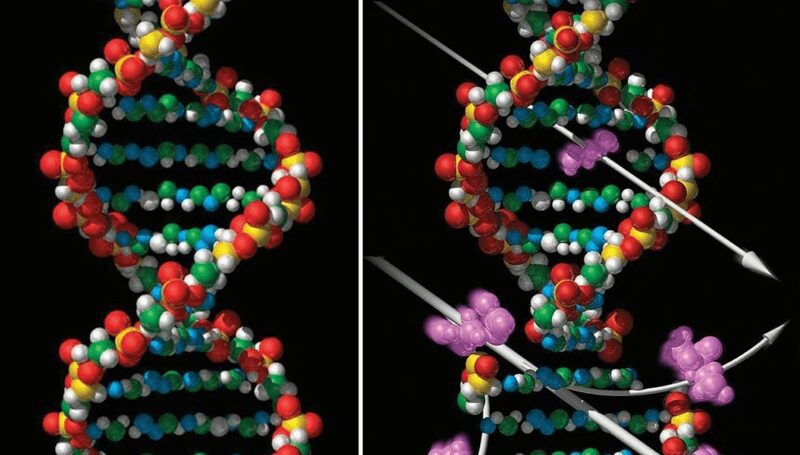Decoding Immortality: The Biotech Race to Defeat Aging

Humans have dreaded death and disease, and sought to annihilate them, since the beginning of civilization itself. The oldest myths in the world are about finding immortality, while both religion and philosophy address human mortality and the meaning of life.
In the 21st century, life extension and anti-aging technology are becoming a serious scientific endeavor, driven by advancements in biotechnology. Scientists attempt to decode the biological mechanism of aging, treating it like any other disease, and attempting to reverse it or slow it down. Soon, age-related illnesses may become relics of the past, and humans lifespans may increase dramatically.
This endeavor requires massive funding and cutting-edge biotechnology. If successful, it may have profound ethical and societal implications.
The Science of Senescence: Understanding Aging’s Mechanisms
Aging is not only wear-and-tear. It is a complex and orchestrated decline at the cellular level. Scientists have identified 9 markers for aging as follows:
- Genomic instability: DNA damage.
- Telomere attrition: chromosome caps becoming shorter the more cells divide (Hayflick limit)
- Epigenetic alterations: changes to gene expression without changes to DNA.
- Loss of proteostasis: Losing the cell’s ability to properly synthesize, fold, traffic, and degrade its proteins.
- Mitochondrial dysfunction: energy factory decline.
- Cellular senescence: accumulation of “zombie cells”, or damaged cells that can’t heal themselves but also don’t degrade, causing inflammation.
- Stem cell exhaustion: reduced regenerative capacity
- Altered intercellular communication: dysfunctional cell signaling
- Deregulated nutrient sensing: impaired metabolic regulation
Biotechnology’s Arsenal: Key Anti-Aging Strategies
Anti-aging biotechnology is designed to target a specific aspect of the aging process, like one of the 9 markers above.
Senolytics and Senomorphics
“Zombie cells”, or senescent cells, are old damaged cells that can’t heal, can’t divide, and yet refuse to die. They accumulate in tissue with age, adding stress on the immune system that tries to get rid of them. They also secrete harmful molecules known as Senescence-Associated Secretory phenotype (SASP), which damage surrounding tissue and cause inflammation and disease.
Senolytics are drugs that selectively induce the death of these “zombie cells”. Senomorphics don’t target the cells directly, but they modulate or suppress harmful SASP molecules, limiting their impact.
These drugs have shown remarkable results in animals trials, especially when combined with Dasatinib and Quercetin. They extend healthy lifespans and combat some age-related conditions. In humans they work for conditions like idiopathic pulmonary fibrosis and diabetic macular edema.

Gene Editing and Epigenetic Reprogramming
Gene editing technology like CRISPER-Cas9, have allowed scientists to alter specific genes associated with disease, and to alter others associated with longevity (e.g., FOXO3, SIRT genes). They can activate enzymes like telomerase to prevent the shortening of telomeres.
A lesser-known biotechnology is epigenetic reprogramming. Work by Shinya Yamanaka has shown that mature cells can be “reprogrammed” back to an embryonic, pluripotent state using a specific cocktail of transcription factors (Yamanaka factors). This kind of research aims to reset the aging effects of epigenetics and return cells back to their original state with favorable DNA expression. This is a well-funded area of research, where companies like Altos Labs receive Financial support from figures like Jeff Bezos.
Regenerative Medicine and Stem Cells
Aging is associated with the exhaustion or dysfunction of endogenous stem cells, which naturally lessen with age. Introducing healthy stem cells through transfusion from a donor, umbilical cord blood, or stimulating the body’s own stem cells, can help reverse this important aging metric.
3D bioprinting and growing personalized tissues in a lab, can also be used to replace damaged, aged, or diseased organs in the body.
Drug Repurposing & Metabolic Pathways
Sometimes already-existing drugs have accidental anti-aging properties. Drugs like Metformin (a diabetes medication) and Rapamycin (an immunosuppressant) have garnered attention for their potential anti-aging effects. Drugs that mimic the effect of calorie restriction are generally a good candidate for this.
There’s a current trial called TAME (Targeting Aging with Metformin) which, if successful, may demonstrate that aging itself can be treated as a disease.
Other compounds like NAD+ boosters, for example Nicotinamide Mononucleotide (NMN) and Nicotinamide Riboside (NR), are potential candidates for life extension, thanks to their effect on improving metabolism and DNA repair.
Leading the Race: Key Players in the Longevity Space
Emerging biotechnology start-ups are leading the charge in the war against aging, and many people are lining up to fund them.
For example, Altos Labs launched with $3 billion in funding, including from Jeff Bezos, and focuses on epigenetic reprogramming. Alphabet (the parent company of Google) has a biotechnology research arm called Calico, investing into research into immortality and life extension.
Insilico Medicine uses AI for drug discovery. Unity Biotechnology focuses on senolytics. Cambrian Bio is an anti-aging drug discovery company. Retro Bioscience aims to extend human life by 10 years and cure Alzheimer’s disease, and raised considerable funding from OpenAI CEO Sam Altman.
Beyond startups, there’s plenty of prestigious universities and academic institutions that do anti-aging research, from Harvard to MIT and Stanford University. There’s also the National Institute on Aging. Life extension science is here to stay.
The Quest for Immortality: Ethical, Social, and Economic Implications
Like all modern technology that seeks to radically alter life, life extension biotechnology poses important ethical questions. For example, who benefits? It’s possible that at least in the beginning, these technologies will only be accessible to the wealthy. It can also exacerbate overpopulation and put a strain on the planet’s resources. If people live just 10 years longer, how would it impact food and water security, energy consumption, and ecological sustainability?
A significant increase in life expectancy can impact social norms, family structures, career paths, etc…
How would people handle perpetual youth? Would it lead to stagnation, or would it lead to more creativity and wisdom, allowing individuals to amass a lot of knowledge and have many experiences that would otherwise be impossible?
Plenty of fiction has explored the psychological ramifications of long lifespans, but its real-life effects are largely unknown. Would it lead to an endless journey of growth and fulfillment, or existential boredom, emotional numbness, and a sense of loss?
Gene editing poses its own host of ethical dilemmas. Would altering human biology in this manner have unintended consequences down the road?




